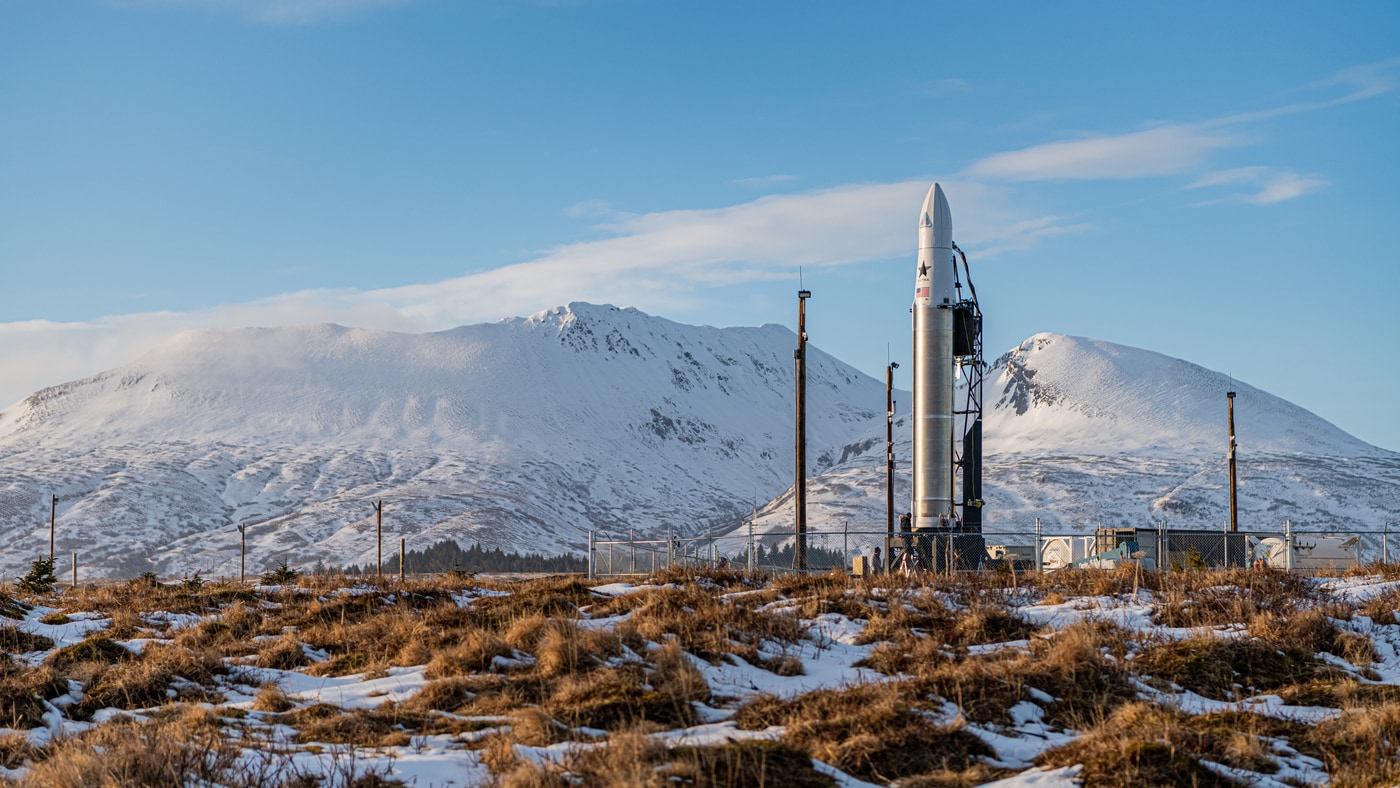Astra's 1st orbital launch attempt scuttled by wayward boat

Update for Sept. 10: Astra's latest launch window opened on Sept. 10, but the company stood down from an attempt on that day to examine data from a sensor.
Astra was poised to send a rocket to Earth orbit for the first time ever last night (Aug. 2) — until a boat got in the way.
The California-based startup had to call off the launch of its Rocket 3.1 booster from the Pacific Spaceport Complex on Alaska's Kodiak Island for safety reasons after a ship wandered into downrange waters.
"Boat could not be cleared in time for us to launch within the window (ends at 9 p.m. PT), and we have to unfortunately scrub for today," Astra representatives tweeted last night.
Related: The history of rockets
The two-stage Rocket 3.1 will be grounded today (Aug. 3) as well, this time because of weather concerns, Astra announced via Twitter. But there will be more chances for the booster to get off the ground; the current window runs through Friday (Aug. 7). (The launch won't be webcast live, but you can get updates via Astra's Twitter feed.)
Astra aims to provide inexpensive rides to space for small satellites with the 38-foot-tall (12 meters) Rocket 3.1 and its successors. But the upcoming flight won't be carrying any payloads; it's a demonstration mission, and the company isn't necessarily expecting everything to go well.
Breaking space news, the latest updates on rocket launches, skywatching events and more!
"For this flight, our first orbital attempt, our primary objective is to achieve a nominal first-stage burn," Astra wrote in a mission description. "If we make it this far, we’ll be happy with our progress and be well on our way to reaching orbit within three flights. The more we accomplish, the more we learn, and the closer we are to reaching orbit."
Astra had originally hoped to get to orbit for the first time in early March, as part of the DARPA Launch Challenge. But technical issues prevented the company from meeting the competition's narrow launch window. And the booster slated to make that flight, Rocket 3.0, was damaged during preparations for another test flight in late March, delaying the launch attempt until now.
Yesterday was a big day for wayward boats. Several dozen recreational craft crowded around SpaceX's Crew Dragon capsule shortly after it splashed down off Pensacola, Florida, wrapping up the company's landmark Demo-2 crewed mission. The U.S. Coast Guard had cleared the area in the leadup to splashdown, but the boats ignored stay-away orders afterward and cruised in for closer looks.
Mike Wall is the author of "Out There" (Grand Central Publishing, 2018; illustrated by Karl Tate), a book about the search for alien life. Follow him on Twitter @michaeldwall. Follow us on Twitter @Spacedotcom or Facebook.

Michael Wall is a Senior Space Writer with Space.com and joined the team in 2010. He primarily covers exoplanets, spaceflight and military space, but has been known to dabble in the space art beat. His book about the search for alien life, "Out There," was published on Nov. 13, 2018. Before becoming a science writer, Michael worked as a herpetologist and wildlife biologist. He has a Ph.D. in evolutionary biology from the University of Sydney, Australia, a bachelor's degree from the University of Arizona, and a graduate certificate in science writing from the University of California, Santa Cruz. To find out what his latest project is, you can follow Michael on Twitter.
